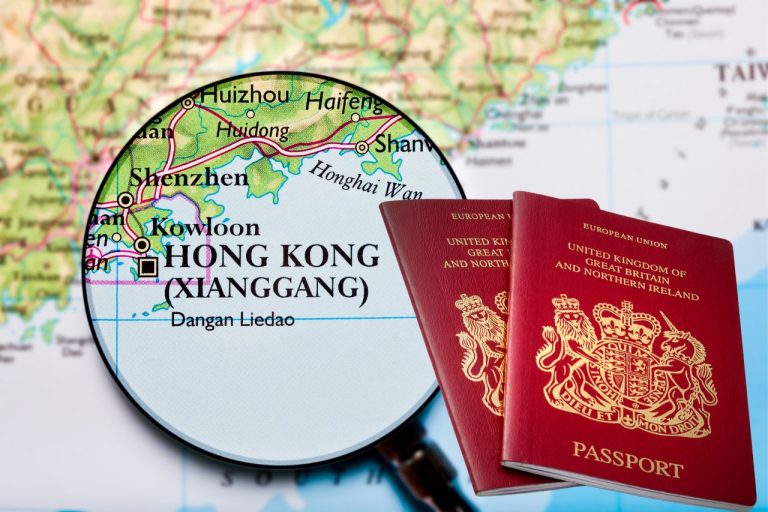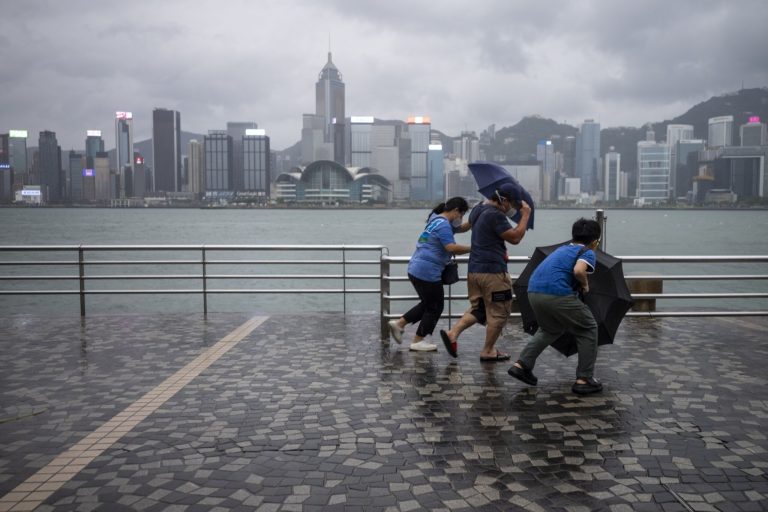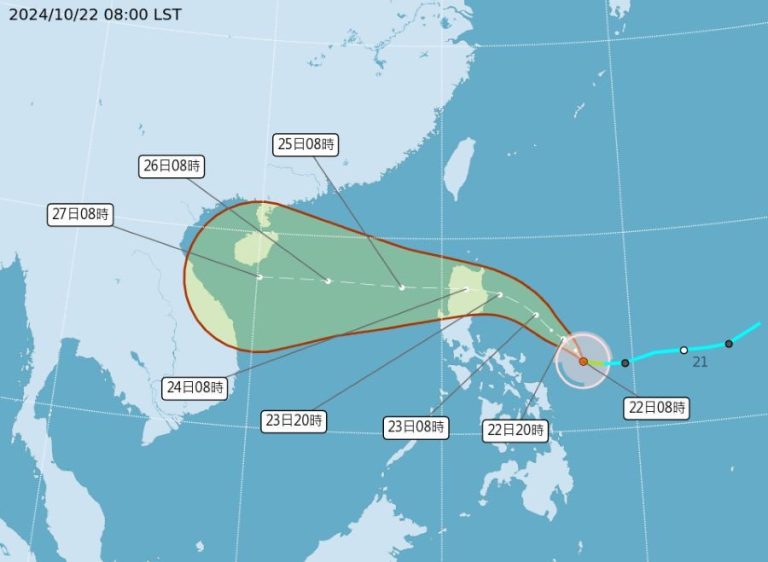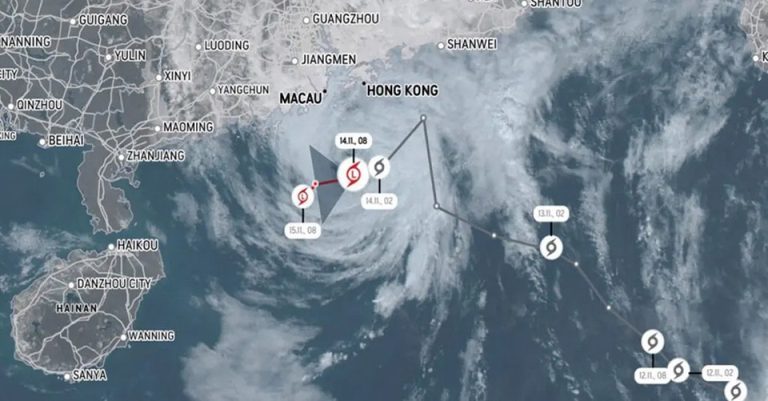Hong Kong’s Security Chief, Chris Tang Ping-keung, recently sparked a critical conversation about public safety during extreme weather events, particularly highlighting the dangerous trend of “storm-chasing” that has raised significant concerns in the city.
Speaking candidly on a radio program following Typhoon Ragasa, Tang expressed deep alarm about individuals who deliberately place themselves in perilous situations during severe weather conditions. While no specific law currently criminalizes storm-chasing, Tang emphasized that existing regulations can still be applied to hold reckless individuals accountable. For instance, people who enter restricted areas or ignore police evacuation instructions could face legal consequences.
The security chief was especially disturbed by video footage showing children in life-threatening situations during the typhoon. He stressed that criminal charges would be a last resort, with the primary objective being prevention and public safety. Tang urged citizens to exercise self-discipline and prioritize the safety of their families and rescue personnel.
Importantly, Tang noted that parents who expose children to dangerous weather conditions might potentially be charged with child neglect. This stern warning underscores the government’s commitment to protecting vulnerable individuals during extreme weather events.

The government’s response to Typhoon Ragasa demonstrated significant preparedness. Early flood prevention efforts, comprehensive public announcements, and the provision of temporary shelters showcased a proactive approach to managing natural disasters. Following the typhoon, swift actions were taken to restore essential services, with bus and rail networks quickly returning to normal and teams promptly clearing road obstructions.
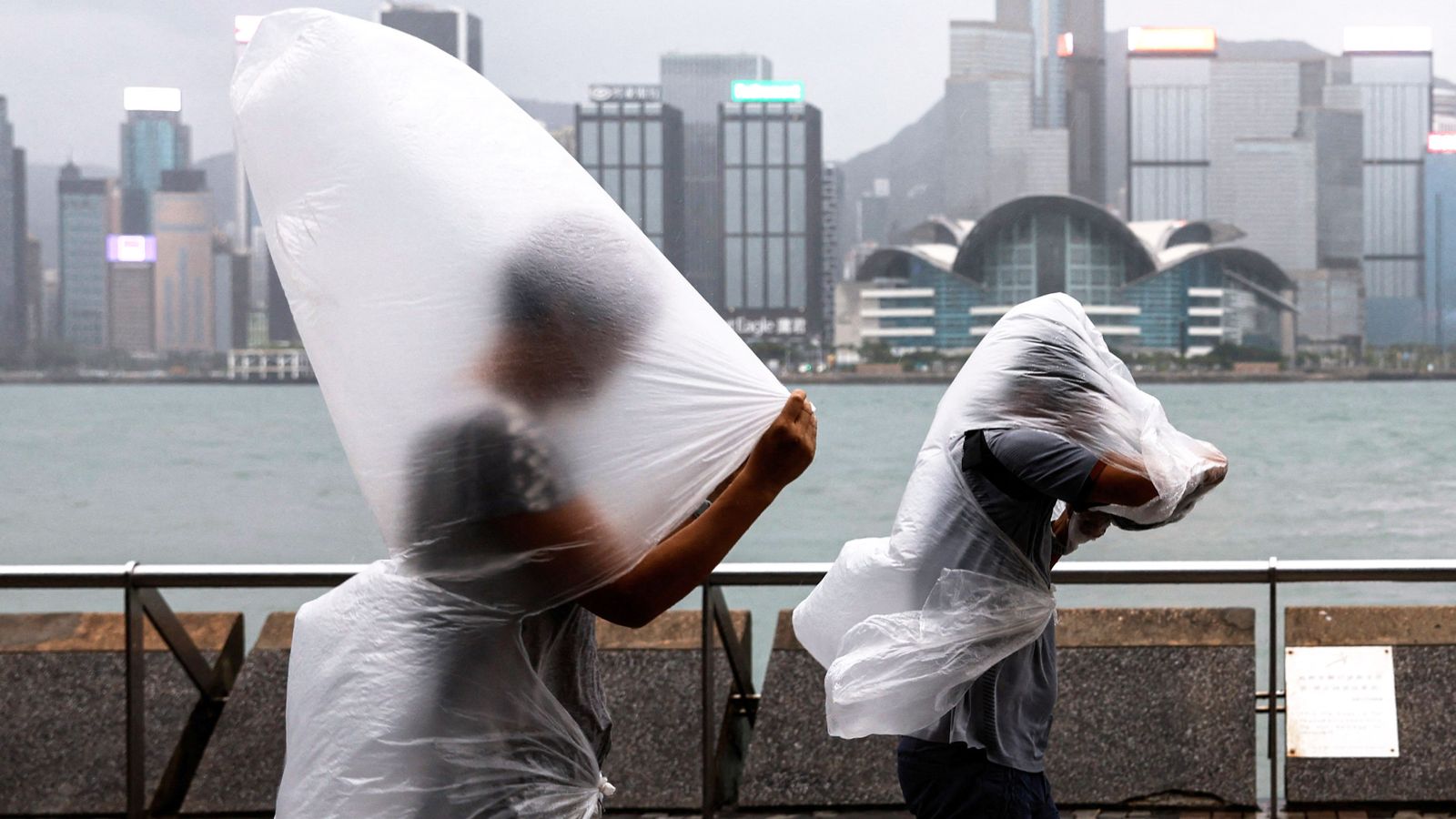
While the immediate focus is on weather-related safety, these developments have broader implications for personal risk management. Insurance products that offer comprehensive coverage for property damage, personal injury, and potential displacement during natural disasters could become increasingly important for Hong Kong residents.
Tang’s statements also touched on broader societal challenges, including an inter-departmental task force combating illegal employment. This initiative aims to coordinate efforts across government departments to address unlawful work practices, such as illegal workers on ride-hailing platforms. Though seemingly disconnected from storm-chasing, this demonstrates the government’s holistic approach to public safety and risk mitigation.
The potential introduction of new legislation targeting storm-chasing behavior signals a significant shift in how authorities view personal risk-taking. It suggests that individuals may face increasing legal and financial consequences for deliberately putting themselves and others in danger.
For Hong Kong residents, these developments underscore the importance of preparedness and responsible decision-making during extreme weather events. Understanding local safety protocols, having appropriate insurance coverage, and prioritizing personal and community safety are crucial steps in navigating potential risks.
Tang’s message is clear: public safety is a shared responsibility. While government agencies work to provide support and protection, individual citizens must also play an active role in preventing unnecessary risks. By exercising caution, respecting evacuation instructions, and making informed decisions during severe weather, residents can help ensure their own safety and that of their community.
As climate patterns become increasingly unpredictable, the lessons from Typhoon Ragasa and Tang’s guidance offer valuable insights into responsible behavior during natural disasters. The key takeaway is simple yet powerful: when it comes to extreme weather, prevention and prudence are always better than cure.

